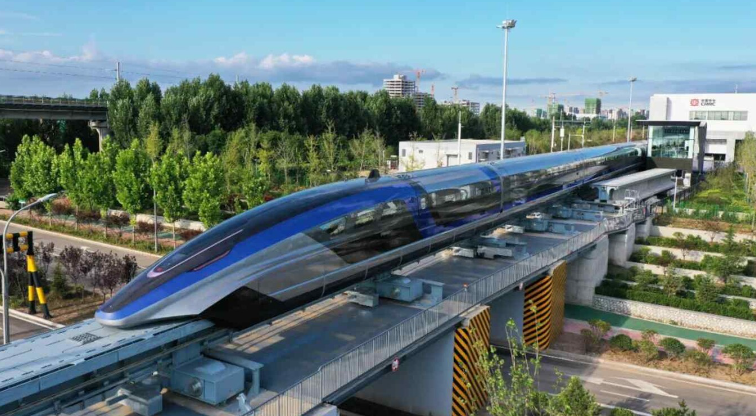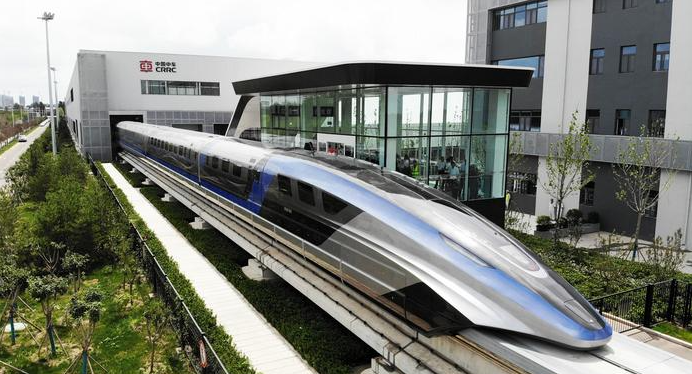Lifted by science: how magnetic levitation defies gravity

Welcome, STEAM community! Today we are going to talk about some amazing technology that has changed the way we think about transportation and the physics behind it, we are talking about Magnetic Levitation, also known as maglev. You may have heard of maglev trains, which are becoming more and more popular all over the world, especially in Asia and Europe. But what exactly is maglev and how does it work?
Simply put, magnetic levitation is a technique that uses magnets to levitate an object, such as a train, vehicle, or even a skateboard, above a track or surface. This is achieved through the use of powerful electromagnets, which are capable of generating a magnetic field that repels the object, causing it to float in the air. One of the most popular and impressive applications of maglev is the maglev train, which is a high-speed train that uses magnetic levitation to move along a track, these trains can reach incredible speeds of over 400 km/h ( 250 mph), making them some of the fastest trains in the world.


There are two main types of maglev trains: electromagnetic suspension (EMS) and electrodynamic suspension (EDS). EMS trains use electromagnets to pull the train off the tracks, while EDS trains use superconducting magnets that cool to near absolute zero, allowing them to create a stronger magnetic field. One of the main benefits of magnetic levitation trains is that they can reach incredible speeds while still being incredibly quiet and smooth, this is because there is no friction between the train and the track, unlike traditional trains that use wheels and can generate a lot of noise and vibration.
In addition to being an impressive technological achievement, maglev technology also has great potential for the future of transportation. Maglev trains can be faster, more efficient, and greener than traditional trains, making them an attractive option for governments and transportation companies around the world. However, there are still some challenges that need to be overcome before maglev technology can go mainstream, one of the main challenges being cost, as maglev trains and tracks can be much more expensive than traditional trains and tracks. Also, there are still some safety issues that need to be addressed, particularly in the case of accidents or emergencies.


Magnetic levitation is an incredible technology that has the potential to revolutionize the way we think about transportation. From maglev trains to levitating skateboards, this technology is opening up new possibilities for the future, while there are still some challenges to be overcome, the potential benefits of maglev technology are truly remarkable. Then, who knows? Maybe one day we’ll all be riding maglev trains or floating on levitating skateboards!
Let’s check out this awesome video below that gives us some practice in magnetic levitation!




Responses